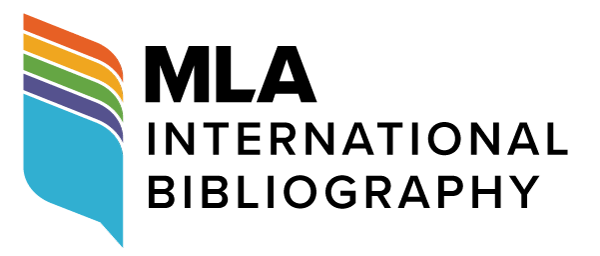Pulling (Closer) and Pushing (Away): Verbs Expressing Attraction and Repulsion in English
DOI:
https://doi.org/10.18485/bells.2016.8.3Keywords:
verbs expressing attraction and repulsion, ATTRACTION, REPULSION, FORCE, force dynamics, image schema, cognitive semantics, cognitive linguisticsAbstract
Set within the theoretical framework of cognitive semantics and the embodied cognition thesis, and based on the force-dynamic system (Talmy 2000) and the image schema concept (Johnson 1987), the paper explores some of the prototypical verbal exponents of the ATTRACTION and REPULSION image schemas. Its aim is to examine how force interactions which include two entities – one of which is exerting its force (the Antagonist) to either pull closer or push away the other entity (the Agonist) – are expressed in English. The paper focuses on abstract force interactions, resulting from interactions in the concrete, physical domain being mapped onto more abstract domains, via conceptual metaphor, which accounts for the polysemy of the verbs (Lakoff & Johnson 1980).
Downloads
References
Downloads
Published
Issue
Section
License

This work is licensed under a Creative Commons Attribution-ShareAlike 4.0 International License.
Authors who publish with this journal agree to the following terms:
- Authors are confirming that they are the authors of the submitting article, which will be published (print and online) in Belgrade English Language and Literature Studies by the Faculty of Philology, University of Belgrade (Faculty of Philology, Studentski trg 3, 11000 Belgrade, Serbia). Author’s name will be evident in the printed article in the journal. All decisions regarding layout and distribution of the work are in hands of the publisher.
- Authors guarantee that the work is their own original creation and does not infringe any statutory or common-law copyright or any proprietary right of any third party. In case of claims by third parties, authors commit their self to defend the interests of the publisher, and shall cover any potential costs.
- Authors retain copyright and grant the journal right of first publication with the work simultaneously licensed under a Creative Commons Attribution-ShareAlike 4.0 International License that allows others to share the work with an acknowledgement of the work's authorship and initial publication in this journal.
- Authors are able to enter into separate, additional contractual arrangements for the non-exclusive distribution of the journal's published version of the work (e.g., post it to an institutional repository or publish it in a book), with an acknowledgement of its initial publication in this journal.
- Authors are permitted and encouraged to post their work online (e.g., in institutional repositories or on their website) prior to and during the submission process, as it can lead to productive exchanges, as well as earlier and greater citation of published work.




